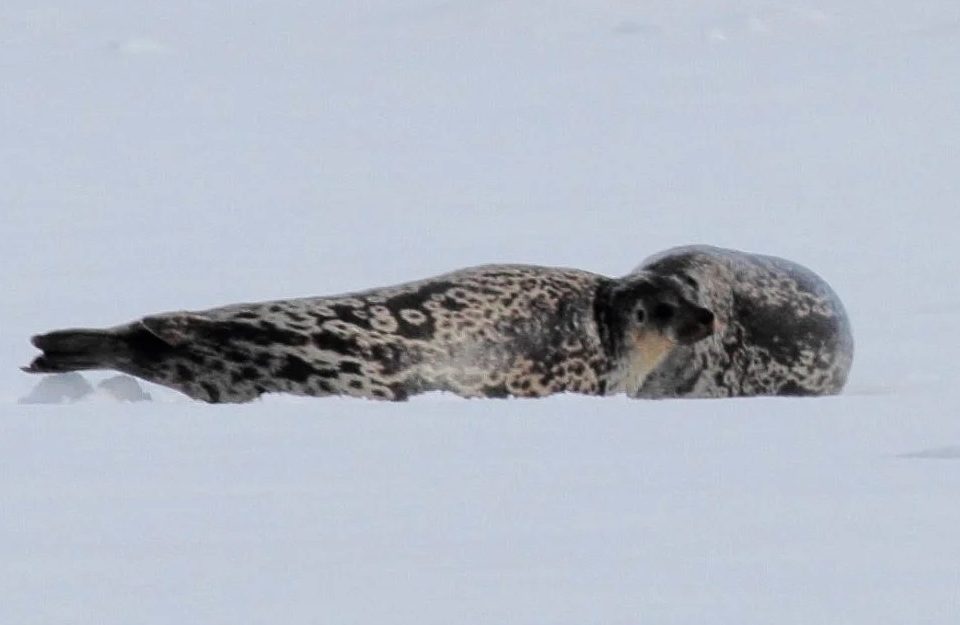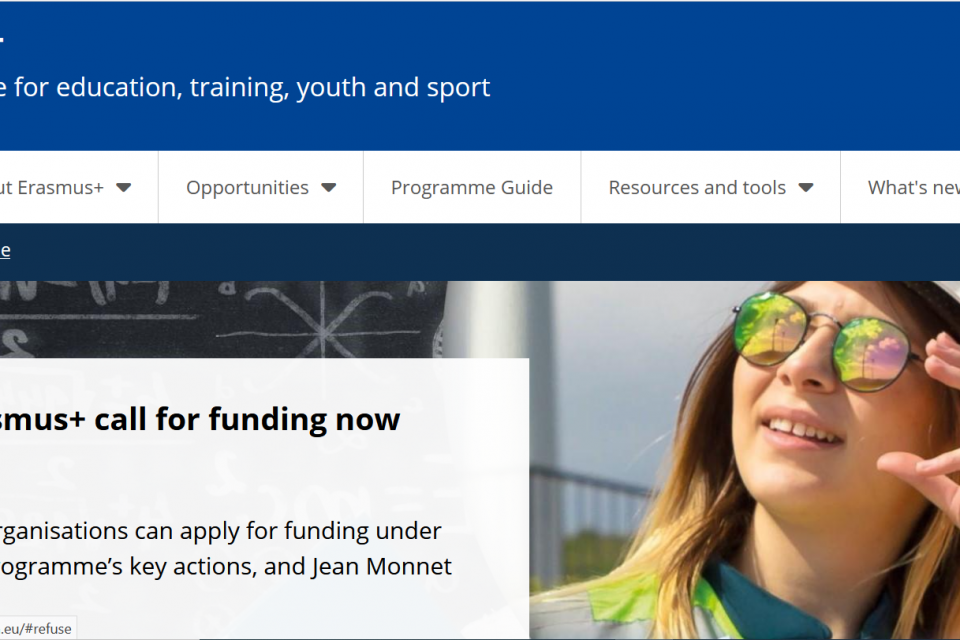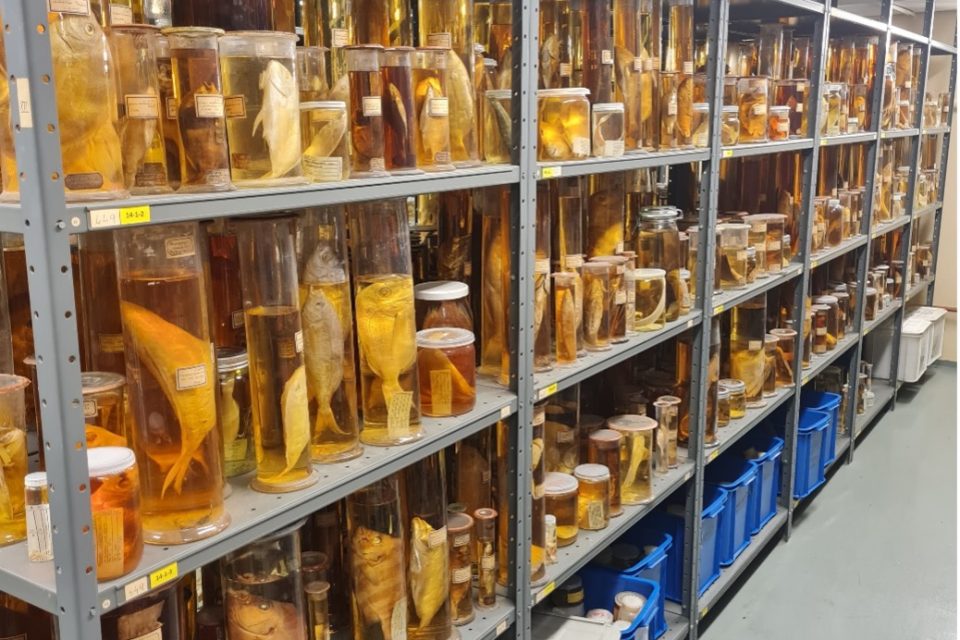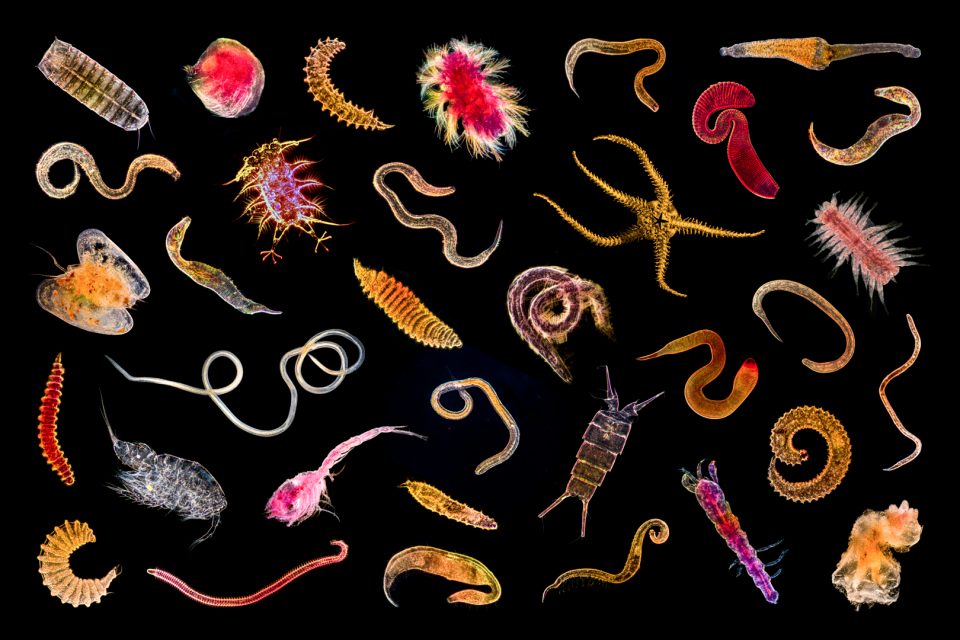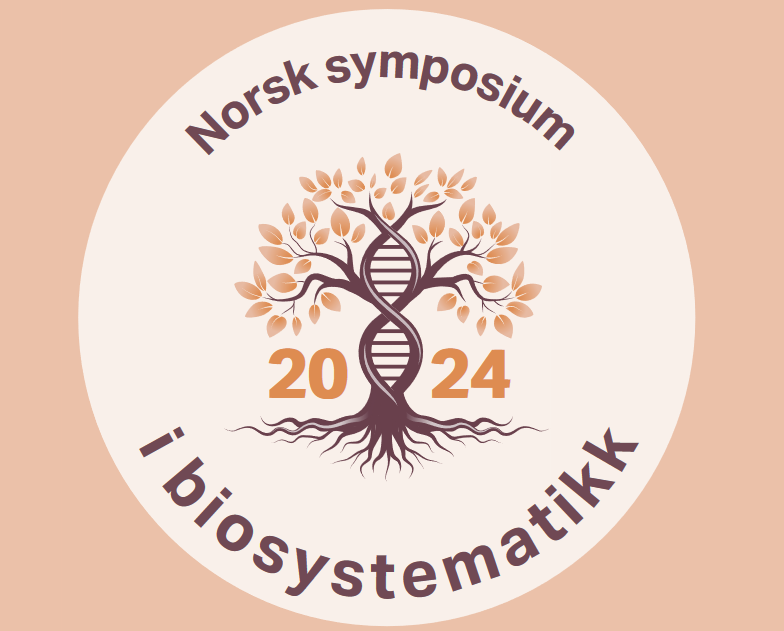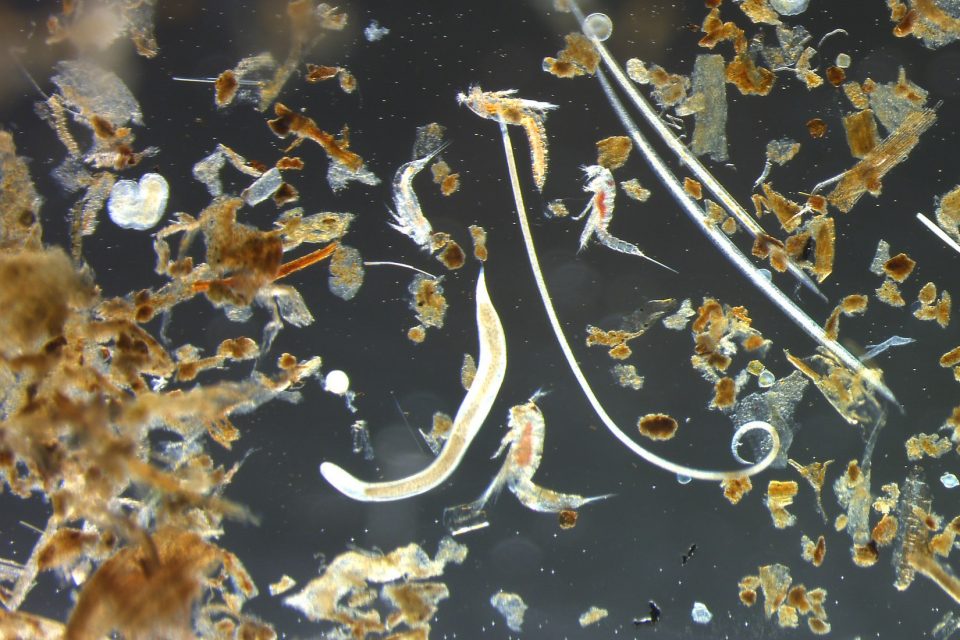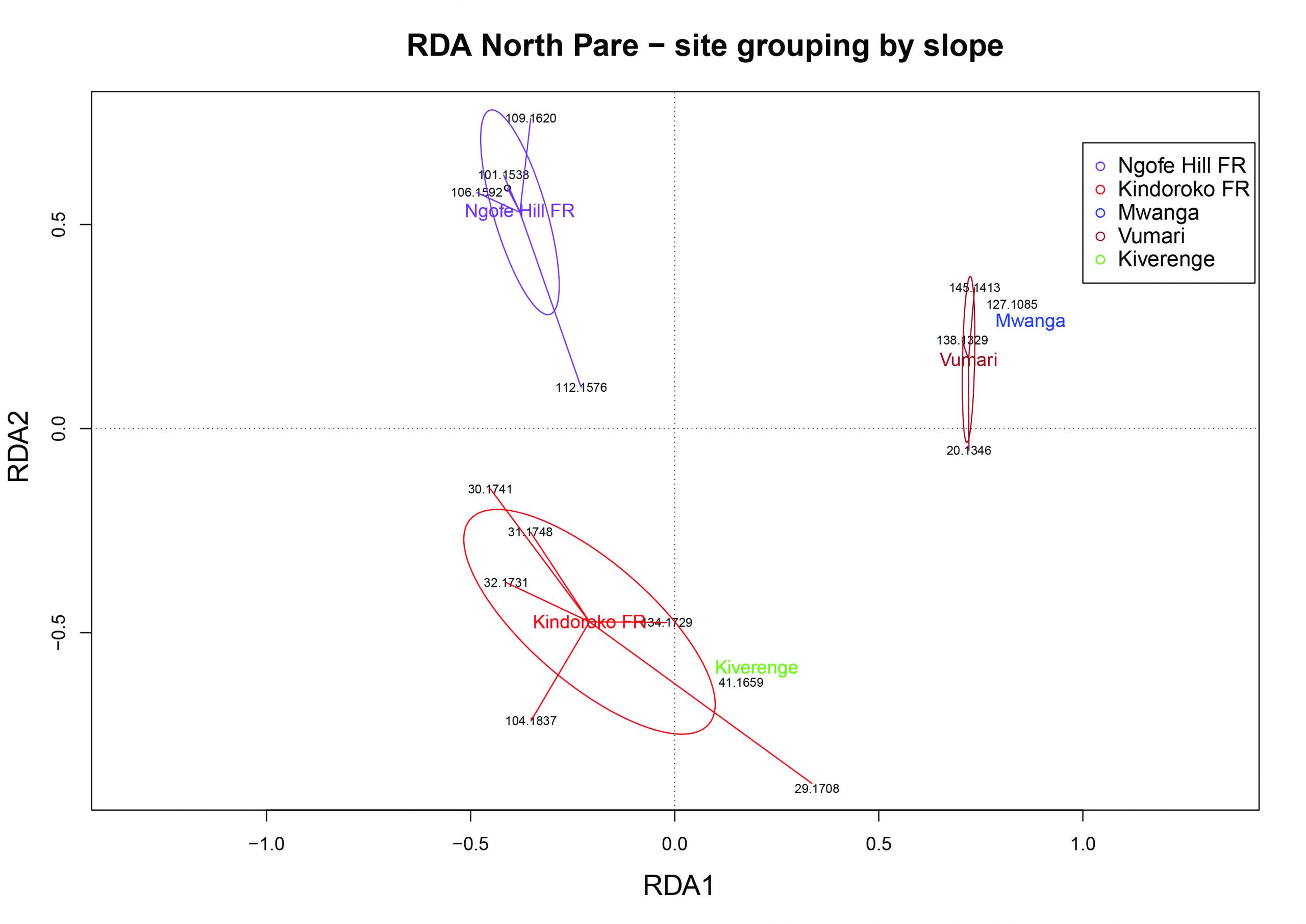
Dør 10: Fragmentering av habitater former billesamfunnene i afrikanske fjell
Menneskeskapte endringer og omdanning av skogøkosystemer fører til massive endringer i artssammensetningen i de berørte områdene. De storstilte økonomiske insentivene til avskoging, særlig i truet tropisk regnskog, spiller en viktig rolle i det raske tapet av habitater og natur som vi ser verden over. Selv i det langt […]
